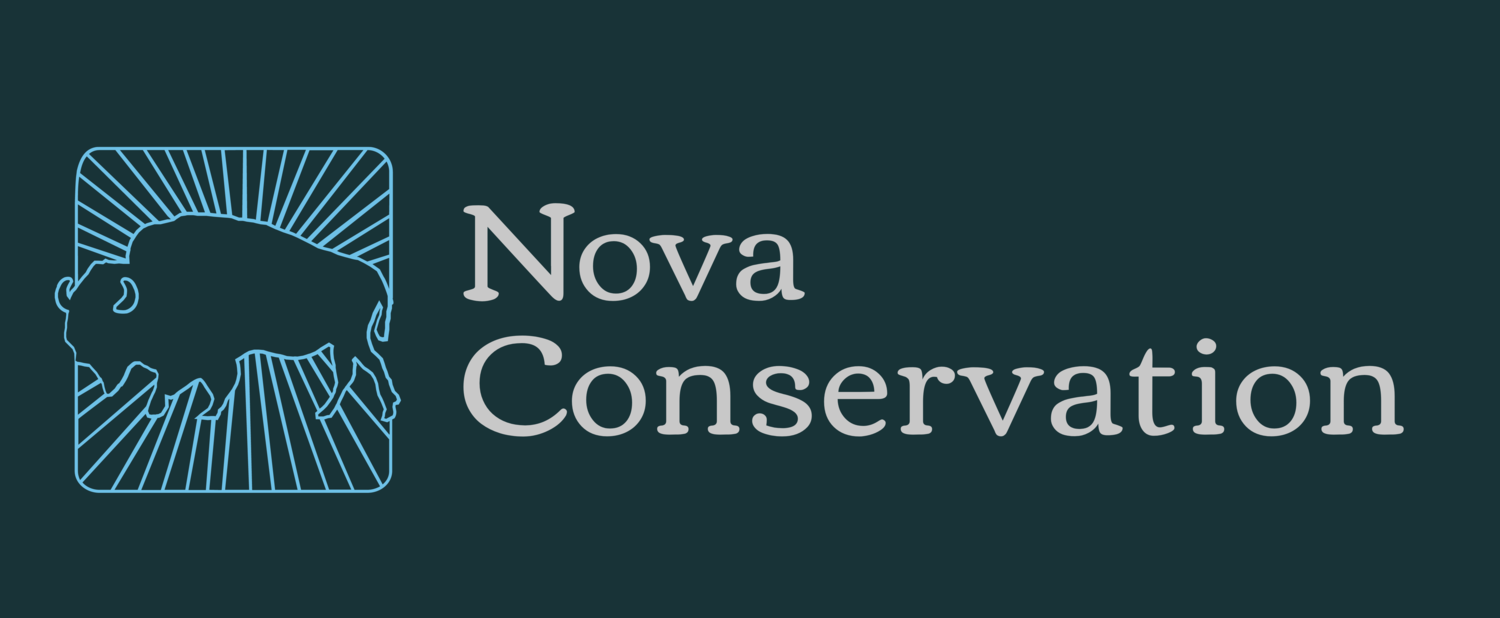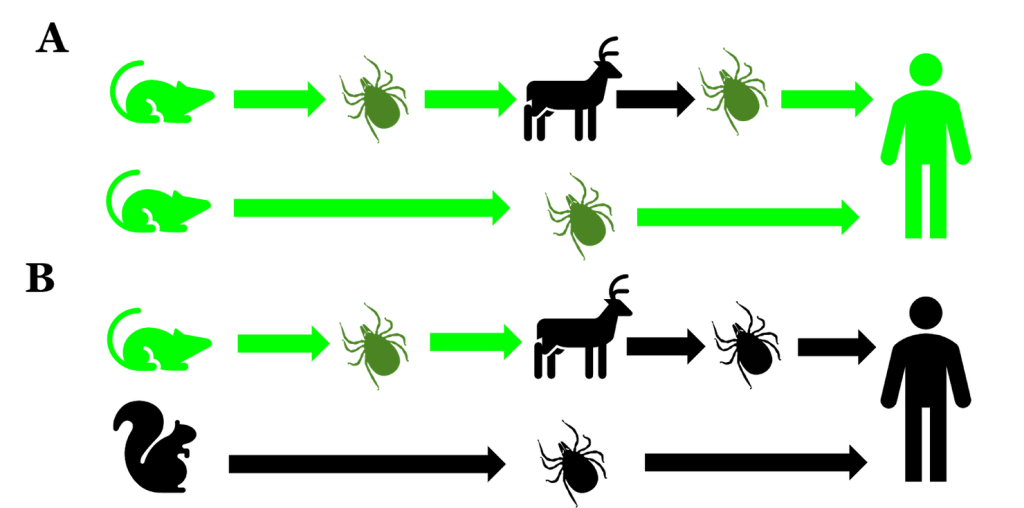Think Coronavirus Is Bad? Here’s How Humans Might Have Made It Worse
In order to prevent disease spread from animals to humans, we must protect biodiversity. Photo: Anton Polyakov
Biodiversity is the variety of life. Scientists have emphasized the need to protect biodiversity for many reasons, including human health. The Covid-19 outbreak was most likely worsened by the lack of species diversity to help block the spread of the virus (the dilution effect). Major action needs to be taken to protect all life: doing so will help humanity in the long run.
Healthy, functioning ecosystems provide valuable services for humans, such as reduction of disease. Picture by World Health Organization
It’s an understatement to say that most everyone has been shocked by the emergence, spread, and devastation of the Covid-19 pandemic. I could list some grim numbers and statistics here, but we’ve all endured reading those daily. Instead, I’ll lead in by saying that while the distribution and infection rate of Covid-19 are shocking, the emergence of this virus is not novel or surprising to the people who study emerging infectious diseases.
Scientists weren’t surprised by this pandemic. The first known case of Covid-19 in China dates back to November. [Picture by EPA-EFE]
In a 2017 paper detailing their five-year surveillance study of bats residing in a cave in the Yunnan Province of China(roughly 1,000 miles south of Wuhan, China), researchers stated they had discovered 11 new SARS-related coronaviruses (SARSr-CoV). These strains were similar to Covid-19. Even more alarming is that in a separate study, nearly 3% of people in a nearby village carried antibodies against these viruses. This finding is distressing because it means that at some point, these viruses spilled over from bats to humans. And it’s not just these early discoveries of coronaviruses that make this outbreak unsurprising.
Scientists have been linking the emergence of new diseases like Covid-19 and SARS as well as the increase in distribution of diseases like malaria, Lyme disease, and West Nile virus to habitat destruction and biodiversity loss for years. One study found that between 1940 and 2004, 335 new diseases emerged in humans; 60% of these diseases originated from animals.
This is a horseshoe bat, a species of bat that was studied in the Yunnan cave where 11 new coronaviruses were discovered. It’s important to not blame or demonize bats as a group of organisms. Picture by China.org
It’s essential to draw attention to the connection between disease outbreak and habitat loss; often, we think these issues are unrelated to human health and well-being. As an environmental scientist, I tend to get asked questions like: “But how does this affect me?” and “Does it really matter in the long run?” While I could spend pages answering these questions (and there are a myriad of reasons humans should be invested in protecting biodiversity and reducing habitat destruction), decreasing the emergence and resurgence of disease is something everyone can get behind right now.
Biodiversity refers to the variety of life on Earth. It can be broken down into three main categories: genes, species, and ecosystem diversity. It contributes to a number of ecological functions that are essential to human health and well-being. There are three hypotheses used to explain the link between biodiversity and emerging diseases, but, for the sake of brevity, I’m focusing on one: the dilution effect.
We can protect biodiverse ecosystems to help prevent disease spread. Picture by Peter VanDam.
The idea behind the dilution effect is that a greater diversity of species means a greater diversity in disease hosts: some species are good hosts for disease, while others are poor hosts. In other words, increased diversity means less disease spread from animals to humans.
Since more species means a greater balance of good and poor hosts, there is a decreased chance of spreading diseases from these animals to humans.
The white-footed mouse, a carrier of lyme disease
A great example of this effect is the increased spread of Lyme disease. Lyme disease is caused by the spirochete bacterium, Borrelia burgdorferi, which is spread by ticks. Ticks feed on dozens of vertebrate species, and where the diversity is high they have options to feed on vertebrates that are poor hosts for the bacterium. However, in areas with low species diversity ticks must feed on species like the white-footed mouse that are excellent hosts for this bacterium. These mice tend to increase in number in environments with low species diversity, making them one of the few sources of food for ticks. Once ticks feed on white-footed mice, they are likely infected with the bacterium that causes Lyme disease, which they can then transfer to humans.
We see the dilution effect also in the increase in occurrence of West Nile virus in the United States. A study in 2008 found that a decrease in non-passerine bird (fancy word for “not a songbird”) diversity resulted in an increase in West Nile virus. And we can see that the loss of certain species leads to an increase in diseases. For example, there is evidence from Lake Malawi that indicates overfishing of mollusk-eating fish results in increased populations of Bulinus gastropods that spread the schistosomiasis parasite to humans through skin contact while swimming.
Low biodiversity = Higher Disease Transmission
Here’s a simplified version of how this works. In the image above we can see a simplified version of the dilution effect. Organisms infected with lyme disease are green (lime green).
—Panel A shows low biodiversity. The transmission of lyme disease is blocked by the deer (a poor host). However, a humans is infected since the disease passes from tick to mouse.
—Panel B shows an environment with higher diversity. However, since the tick encounters more vertebrates that are poor hosts, it does not infect the human.
In addition to biodiversity loss, habitat destruction is a major driver of emerging infectious diseases. Alteration and encroachment into undisturbed habitat increases the likelihood that emerging diseases will spill over from wild animals to humans or that already known diseases such as malaria will resurge.
Let me say that again: The more we destroy natural ecosystems, the more diseases will spread to humans.
Deforestation increases transmission of malaria by increasing surface water availability, the breeding ground for the mosquito species that spreads this disease. This problem is made even worse with erosion from construction of roads, bridges, and other infrastructure.
In addition to creating more suitable habitat for disease carrying organisms, habitat destruction is bringing wildlife and humans closer together. When habitat is removed, we create a mosaic of land made up of natural habitat as well as urban or agricultural areas inhabited by humans. This phenomenon, known as habitat fragmentation, brings us closer to animals we would not normally interact with and increases the chance of disease transmission.
Deforestation in Rio de Janeiro. Living in such close contact with wildlife increases spread from new diseases.
Humans are especially susceptible to catching diseases from primates. A 2008 study conducted in Western Uganda found that forest fragmentation altered the disease ecology at a local level. In this highly fragmented habitat, humans began to live closer to primates, and as a result, the scientists saw an increase in bacterial exchange between the two groups. This happened even when humans did not come into direct contact with primates — transmission happened just by frequenting areas inhabited by primates.
These issues are huge, complex, and impossible to cover in a blog post, so I’ve offered some additional links and reading at the end of this post. I think the most important thing to take away from this is that Covid-19 is not some novel, unpredicted, one-time misfortune.
We are scientists. Please listen to us.
Scientists have sounded the alarms about the increase in emerging diseases for years. They have published how these diseases are linked to habitat destruction and biodiversity loss. Although this outbreak was fueled by choices that humans have made and continue to make, we can stop making these choices.
Let’s make sure we don’t continue to ignore the warnings of scientists so we can slow and stop the harmful effects of our destruction and their negative impacts on our health and well-being. We can start by advocating for policies that reduce habitat destruction and help preserve biodiversity, and we can work to make small changes in our lives to lessen our impact on the planet.
Learn More:
Nature Insight: Speed Dating with the Future Episode 1: Dr. Peter Dasak (Podcast)
Spillover: Animal Infections and the Next Pandemic by David Quammen (Book)
Scientific American: Destroyed Habitat Creates the Perfect Conditions for Coronavirus to Emerge; Mar, 18, 2020
New York Times: We Made the Coronavirus Epidemic; Jan, 28, 2020
https://www.nytimes.com/2020/01/28/opinion/coronavirus-china.html?smtyp=cur&smid=tw-nytopinion
Nature: Impacts of biodiversity on the emergence and transmission of infectious diseases; Dec 1, 2010
https://www.nature.com/articles/nature09575
Scientific American: How China’s ‘Bat Woman’ Hunted Down Viruses from SARS to the New Coronavirus; Jun, 1, 2020.
NPR: U.N. Predicts Rise In Diseases That Jump From Animals To Humans Due To Habitat Loss; Jul, 6, 2020










